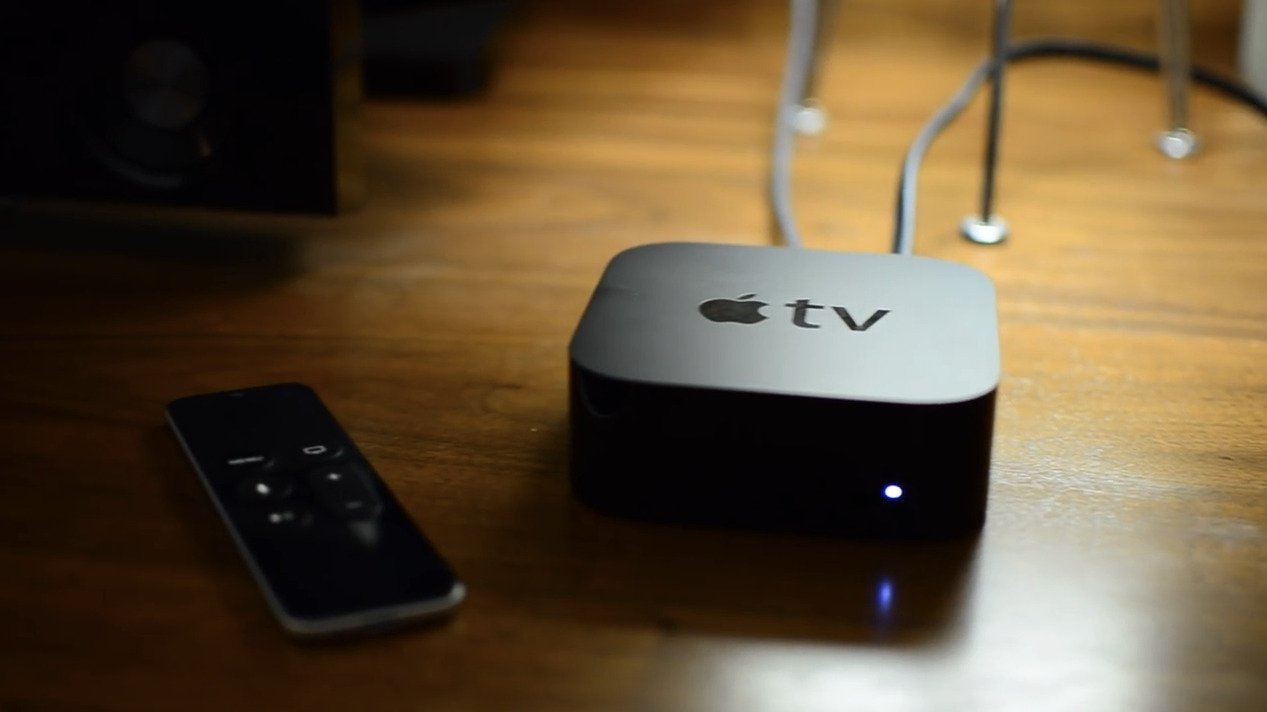Passthrough audio is finally on the way to Apple TV, iPhone, and more
We've confirmed at WWDC that tvOS 26 is getting passthrough audio, which could allow a higher quality listening experience by disabling audio preprocessing on the Apple TV hardware, before hand-off to a sound system.

Apple TV 4K
The Apple TV family is a very capable processing device for a set-top box, but one bone of contention has been audio processing. Apple has so far avoided adding passthrough audio features to the Apple TV, but that is seemingly changing.
A reference on the Apple Developer documentation for AVFAudio has an enumeration case for AVAudioContentSource for "passthrough."
Passthrough audio refers to a way that a device or operating system handles audio from a source. Normally, audio from an app, such as Netflix, is processed by the Apple TV, or iPhone before being played to the user.
In the case of a TV or home cinema equipment, they have the capability to actually process audio for themselves. However, since hardware like the Apple TV processes the audio upstream, the original, raw audio stream never gets processed by this hardware.
In effect, even if you have the best possible home cinema system that can handle any audio format or codec in existence, you're going to be stuck hearing whatever the Apple TV has done to the audio.
We've confirmed with Apple that that by enabling the new passthrough audio when it's available and supported by a streaming app, a high-quality audio stream could be left alone by the Apple TV. This allows for hardware after the Apple TV to process the audio, which could give a higher quality result to the listener.
Apple TV audio, and beyond
The main focus of the new Passthrough Audio is the Apple TV, since it is a device that directly interfaces with high-end audio equipment. As a device frequently used for streaming services, this makes it a feature that is mostly focused on improving the Apple TV experience.
However, it's a feature that isn't just limited to tvOS 26. The documentation says the enumeration case for passthrough also applies to iOS 26, iPadOS 26, macOS 26, visionOS 26, and watchOS 26.
Though it is a less useful feature for the Apple Watch, the inclusion on macOS is interesting. Macs are easily capable of being connected up to a TV or home cinema hardware, and can be used to play back media in the same way as Apple TV.
The inclusion of an enumeration case is a good sign that the audio feature has become a reality, but it's still far from being useful. Developers now have to take advantage of the enumeration case so that it can work with their apps.
It may also require Apple to actually add a setting to enable passthrough or to force Apple TV to handle audio processing. A check of the first developer beta of tvOS 26 doesn't include the option in the Settings app's audio section.
Read on AppleInsider


Comments
If I have 4K UHD rips with Dolby TruHD audio, that I currently watch on Plex on my Nvidia Shield, does that mean that the Apple TV will just pass that through, so I get Dolby Vision and lossless Dolby audio?
Also does that mean that Apple is going to pump up their audio on the store for purchases and rentals to lossless?
I don't think this is going to change. AirPlay is pretty static, and there's no sign of an AirPlay 3 this year.
Thanks
No. This is HDMI passthrough for an AV receiver to handle the processing, not a Sonos speaker over WiFi.
Clearly, if I'm reading the article correctly, the existing version does NOT do that.
I have 2 Apple TV 4K. The one connected to my main A/V system I'd definitely update for passthrough audio.